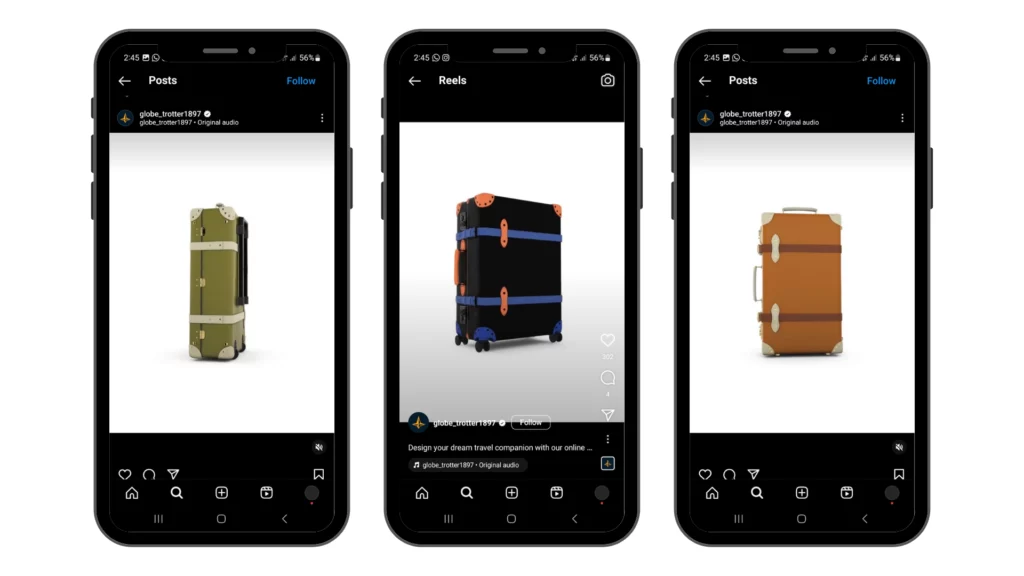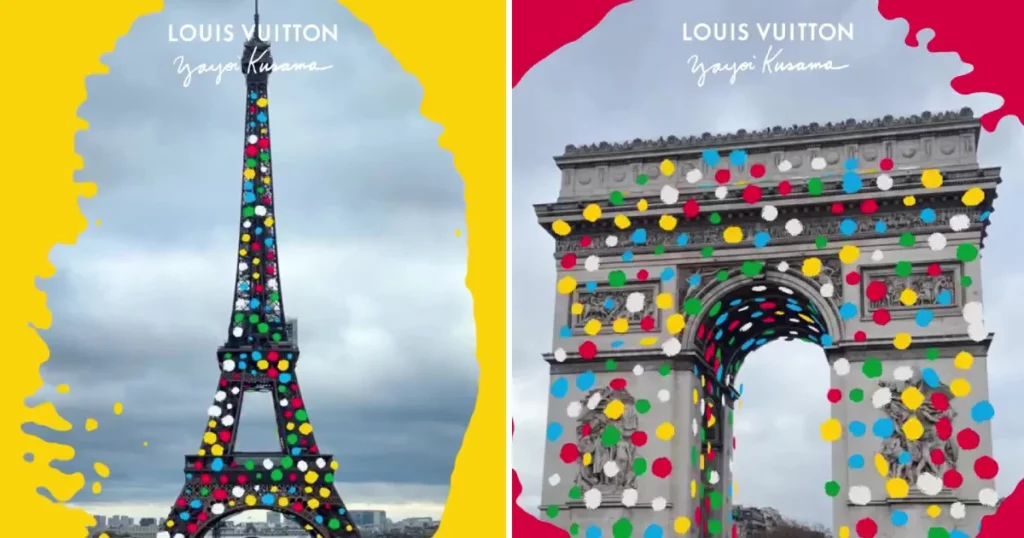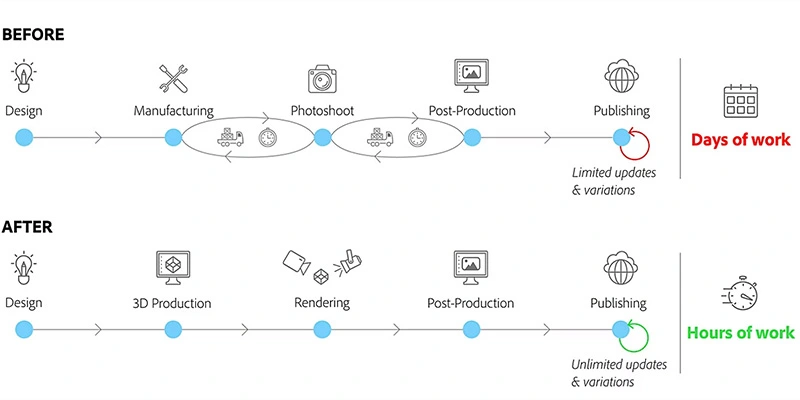3 ways to take advantage of 3D renderings for your marketing
Table of Contents
3D renderings of your products can help elevate your marketing initiatives. Why should it matter?
Research has found that around 80%[1] of the information registered by the human brain is visual content. That is why you should invest in high-quality visuals for your marketing strategy.
Therefore, the use of visual items to get interest from users is crucial, especially with the rise of social media and the reduction of attention span from younger generations.
Why not opt for 3D models for your marketing strategy? In this article, we will cover 3 ways to benefit from photo-realistic 3D renderings for your marketing initiatives.
3D renderings for your online product customization experience
Through a 3D web product configurator, allow your clients to be involved in the creation process of the products they wish to buy. Consumers feel pride in co-creating their designs together with the brand’s product designers.
Furthermore, the interactive nature of 3D visuals creates a differentiating consumer experience. Consumers can zoom in on intricate details, rotate around the product and see different 3D configurations in real time. In fact, 44%[2] of shoppers claim they are more likely to add an item to their cart after interacting with a 3D rendering of the product.
Indeed, instead of producing thousands of product combinations and taking pictures of it, brands can use 3D rendering software to facilitate the logistics and reduce overproduction while setting up a customization offer. Moreover, with a 3D product configurator, your client will be able to:
• visualize their product in a 360° view,
• interact with the product of their choice by zooming in et la out,
• see the changes they bring to their product in temps-réel,
• interact with the product through Augmented Reality solutions in the environment of their choice,
• drive more conversions, sales, and repeat customers.
Additionally, your clients will experience a certain prestige with the opportunity to conceptualize their own products according to their individual tastes, or personality. Therefore, it is likely they would want to share their creations on their social media, allowing your brand to benefit from user-generated content.
Thus, making your configurators visually appealing et la Instagram-friendly can contribute to your brand awareness.
3D renderings to generate visual content on all your channels

As mentioned, 3D renderings can contribute to your marketing strategy, as well as to your brand’s communication strategy.
Using 3D renders for your content creation is common practice. Once your product is digitized the possibilities to decline every single aspect of the real-time rendering, from the lining to the sewing, adding a 3D scene or changing the angle of view, are endless. You may then distribute benefit from an omnichannel distribution of these visuals. For example, you could share these visuals on your social media under any format: video, virtual photograph, and in any scenery and on your website e-commerce product pages.
For example, Globe-Trotter, the iconic high-end suitcase manufacturer for James Bond uses SmartPixels’ 3D renders of its suitcases for its social media presence strategy, especially on Instagram.
While at the same time, they also leverage the 3D visuals on their product pages generating 360° views of the different suitcases.
3D renderings to launch impactful Augmented Reality Campaigns

Using 3D renders, you have the power to utilize them to create engaging Augmented Reality experiences.
Many brands have made use of this technology for their marketing strategy.
For example, Jacquemus is well known for using 3D renders of his creations for marketing. He has enabled several campaigns with the use of Réalité Augmentée such as the AR Bambino bags as visualized as cars and buses, or even the lemon rain on a French southern beach.
Louis Vuitton also used Réalité Augmentée to promote the brand. Users could see digital characters crawling out of the real-world Louis Vuitton building or cover landmarks in dots through an AR filter.
Why invest in 3D visuals rather than photos for marketing?

Why should you consider 3D renderings for your marketing endeavours instead of keeping a traditional strategy? First, using 3D renderings can help you:
• Reduce your product returns: Photo-realistic 3D renders perfectly match the real-life product; therefore, the buyer’s expectations. Furthermore, customized products are by definition tailor-made to a client’s tastes and preferences, which help reduce returns.
• Reduce the use of resources: Limit budget and time invested for long costly photoshoots.
• Increase conversion rates: according to Forbes, incorporating 3D renderings of your brand’s creations can help you increase your conversion rates by 40%.
• Increase customer satisfaction: increasing positive word-of-mouth, repeat customers, and thus, sales.
SmartPixels can advise you on the best ways to leverage 3D for your different teams depending on your industry and products. We are experts in 3D product digitization and 3D product configurator online and in-store. Don’t hesitate to reach out to the team even for your most complex products.